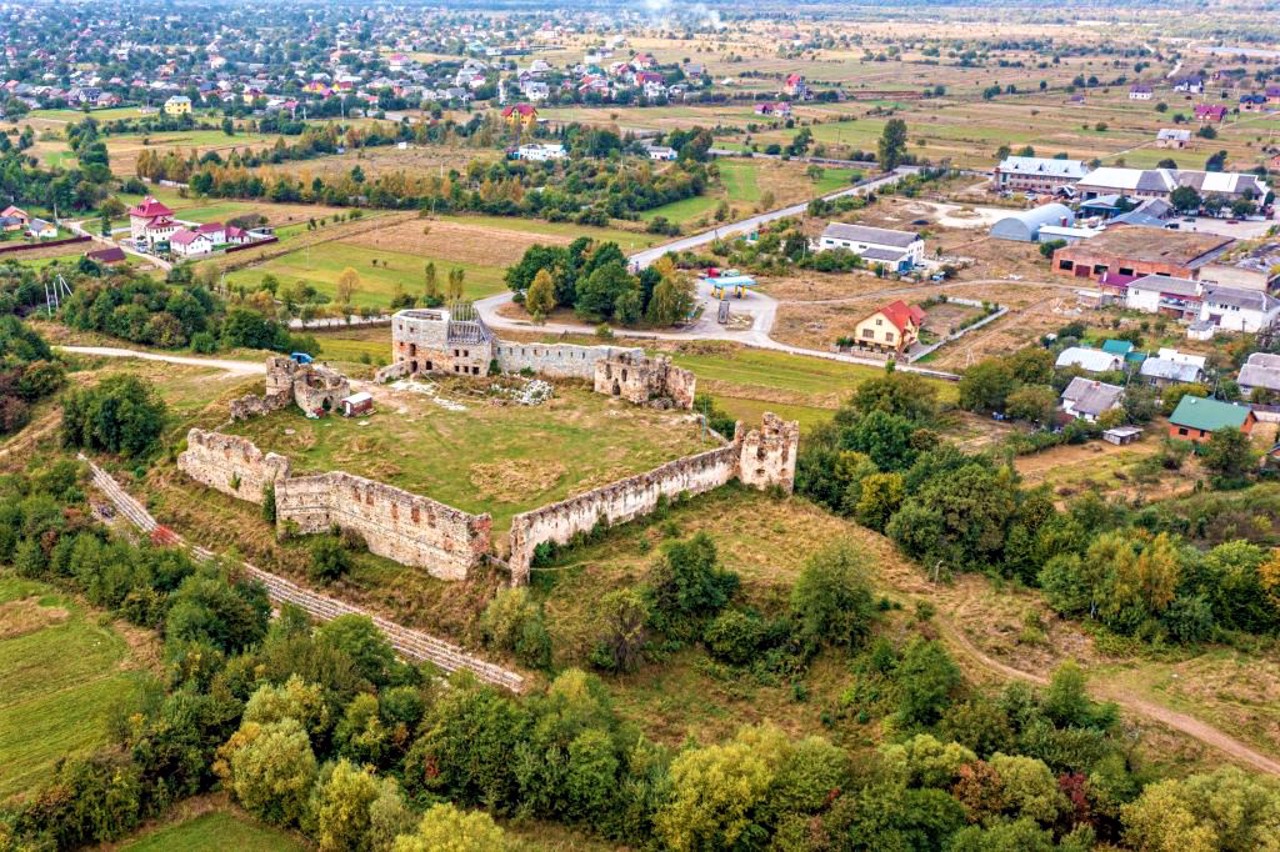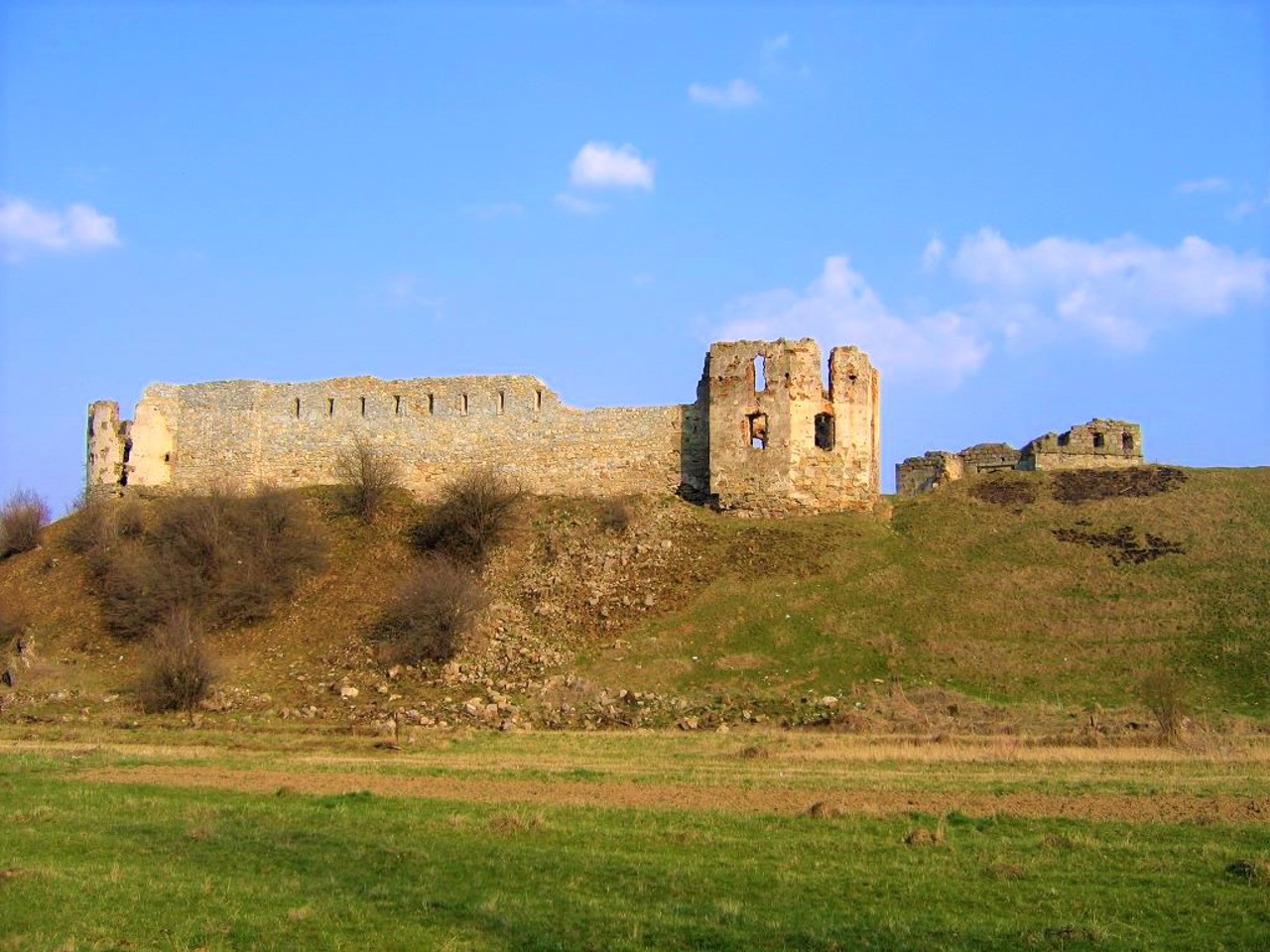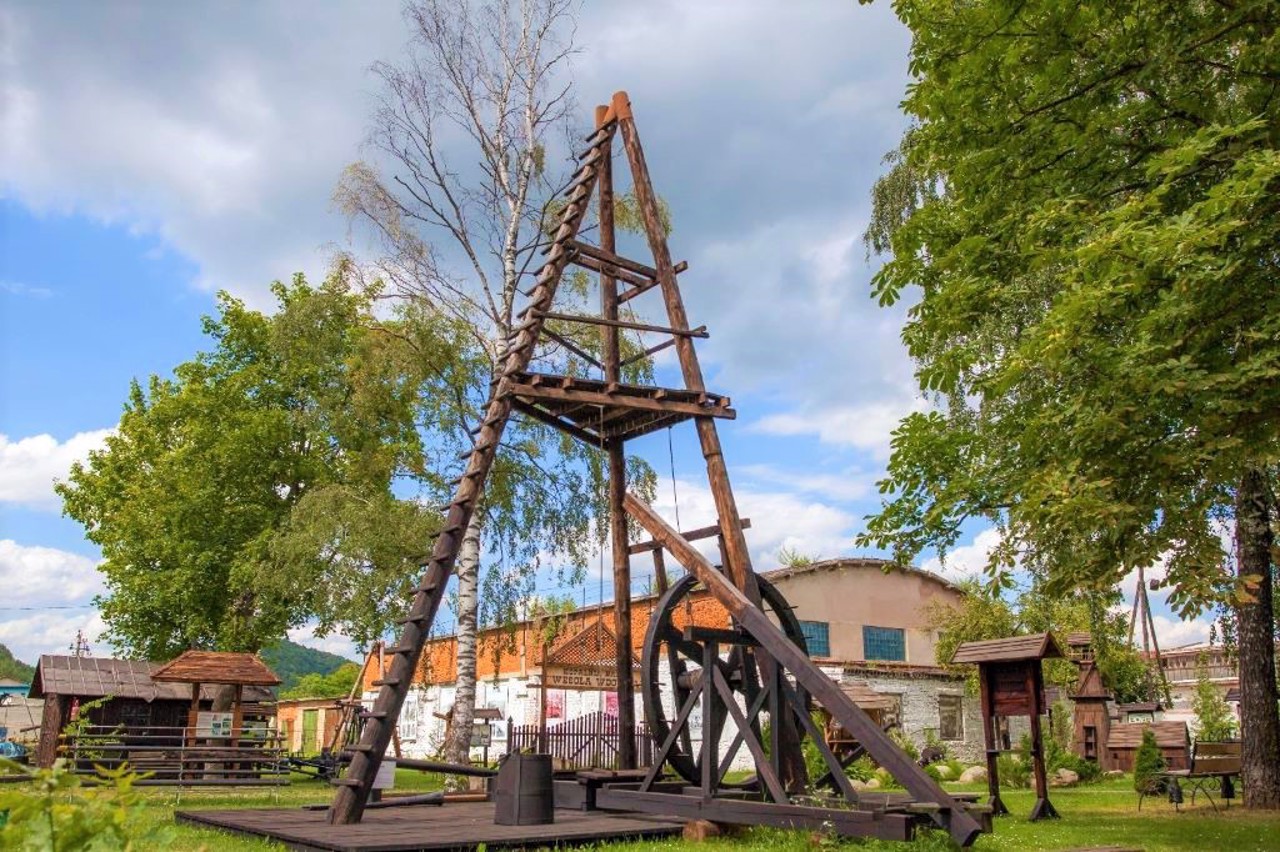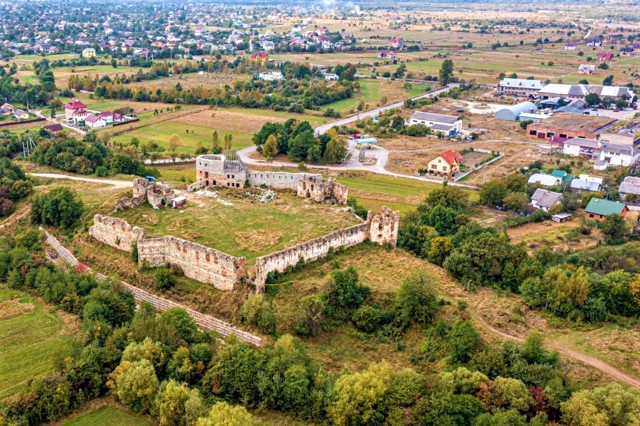Functional temporarily unavailable
General information about Pniv
The village of Pniv is located 2 kilometers from Nadvirnaya in the direction of Bystrytsia at the foot of Horhan.
It was first mentioned in 1482 as the property of the Polish (according to other sources - Hungarian) Kuropatvy nobles, who received these lands in the 14th century for their service to the Polish king Vladyslav Opolsky. To protect the ancient trade route from Halicia to Hungary, Kuropatvy built a powerful castle, which also served as a customs post.
Subsequently, the suburb of Nadvirna (the current district center) arose next to the castle (from the outside - "in the yard"). The castle was repeatedly besieged during popular uprisings and the War of Liberation. In 1745, it passed into the possession of the Senyavsky family, but by that time it had alrea ...
The village of Pniv is located 2 kilometers from Nadvirnaya in the direction of Bystrytsia at the foot of Horhan.
It was first mentioned in 1482 as the property of the Polish (according to other sources - Hungarian) Kuropatvy nobles, who received these lands in the 14th century for their service to the Polish king Vladyslav Opolsky. To protect the ancient trade route from Halicia to Hungary, Kuropatvy built a powerful castle, which also served as a customs post.
Subsequently, the suburb of Nadvirna (the current district center) arose next to the castle (from the outside - "in the yard"). The castle was repeatedly besieged during popular uprisings and the War of Liberation. In 1745, it passed into the possession of the Senyavsky family, but by that time it had already lost its importance, as had Pniv itself.
Now it is a small village on the outskirts of Nadvirna.
Село Пнів розташоване в 2 кілометрах від Надвірної в бік Бистриці біля підніжжя Горган.
Вперше згадується в 1482 році як власність польських (за іншими даними - угорських) дворян Куропатвів, які отримали ці землі в XIV сторіччі за службу у польського короля Владислава Опольського. Для захисту стародавнього торгового шляху з Галичини до Угорщини Куропатви побудували потужний замок, який також виконував роль митного пункту.
Згодом поруч із замком (з зовнішньої сторони - "на дворі") виникло передмістя Надвірна (нинішній райцентр). Замок неодноразово потрапляв в облогу під час народних повстань і Визвольної війни. В 1745 році перейшов у володіння роду Сенявських, однак своє значення він на той час вже втратив, як і сам Пнів.
Зараз це невелике село на околиці ...
Село Пнів розташоване в 2 кілометрах від Надвірної в бік Бистриці біля підніжжя Горган.
Вперше згадується в 1482 році як власність польських (за іншими даними - угорських) дворян Куропатвів, які отримали ці землі в XIV сторіччі за службу у польського короля Владислава Опольського. Для захисту стародавнього торгового шляху з Галичини до Угорщини Куропатви побудували потужний замок, який також виконував роль митного пункту.
Згодом поруч із замком (з зовнішньої сторони - "на дворі") виникло передмістя Надвірна (нинішній райцентр). Замок неодноразово потрапляв в облогу під час народних повстань і Визвольної війни. В 1745 році перейшов у володіння роду Сенявських, однак своє значення він на той час вже втратив, як і сам Пнів.
Зараз це невелике село на околиці Надвірної.
Сплануй своє перебування у Pniv
What to see and where to go in Pniv
Tourist attractions and museums of Pniv
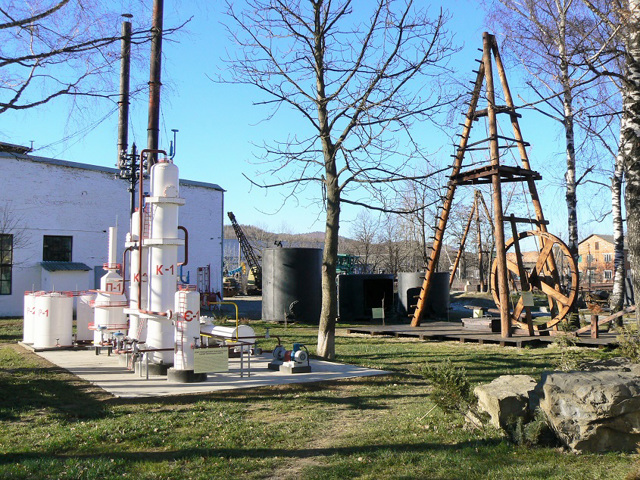
Oil Industries of Galicia Museum
Museum / gallery
The Museum of Oil Industries of Galicia was opened in 2013 in the village of Pniv near Nadvirna, which is one of the centers of Ukrainian oil production and oil refining.
Industrial oil production in Pryka rpattyabegan in 1771, when oil was extracted en masse from a well in Sloboda-Runhurska in Kolomyia Region.
The Oil Museum is located on the territory of the Training and Course Complex of the Nadvirnanaftogaz Oil and Gas Production Department.
The exposition consists of two parts. Archival materials, photographs, models of oil production facilities are presented in the museum premises. On the museum territory, industrial equipment and models are exhibited in the open air - from the first rigs for drilling and oil production of the 17th century to modern equipment.
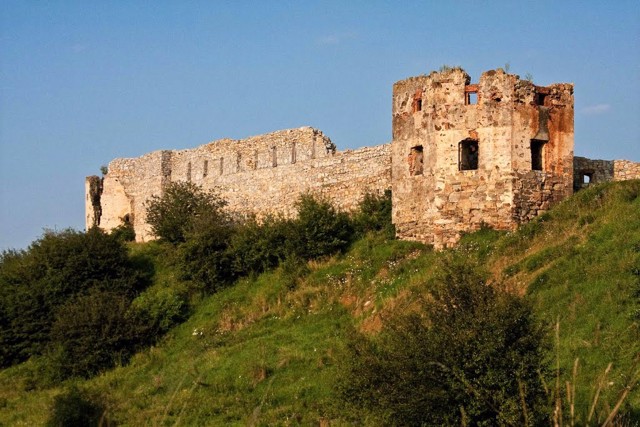
Pniv Castle
Castle / fortress
The powerful defensive Pniv Castle was built in the foothills of the Carpathians at the end of the 16th century on the ancient Transcarpathian trade route from Galicia to Hungary.
It served as a residence for magnates of the Polish (according to other sources - Hungarian or Moldavian) Kuropatv family, and also served as a customs point. The pentagonal structure with four corner towers and one gate tower was at one time the most powerful fortress in the Carpathian region. The residential palace of Kuropatv was located in the center.
The castle repeatedly withstood tests of strength during the Polish-Turkish wars of the 17th century, as well as during popular uprisings led by Hrynia Kardash, Oleksa Dovbush and others. In 1648, the Pniv Castle, whose defense was managed by Mykola Kuropatv, withstood the siege of the 5,000-strong Cossack army under the command of Colonel Semen Vysochan. After the end of the Liberation War under the leadership of Bohdan Khmelnytskyi, the owners had to rebuild the castle from the ruins, but soon it lost its importance and fell into disrepair.
Restoration attempts were made both in the 19th and 20th centuries, but so far without success.
Access is free.
Pniv on photo and video
Reviews Pniv
Geographical information about Pniv
| {{itemKey}} | {{itemValue}} |
|---|---|
| Region |
Ivano-Frankivsk |
